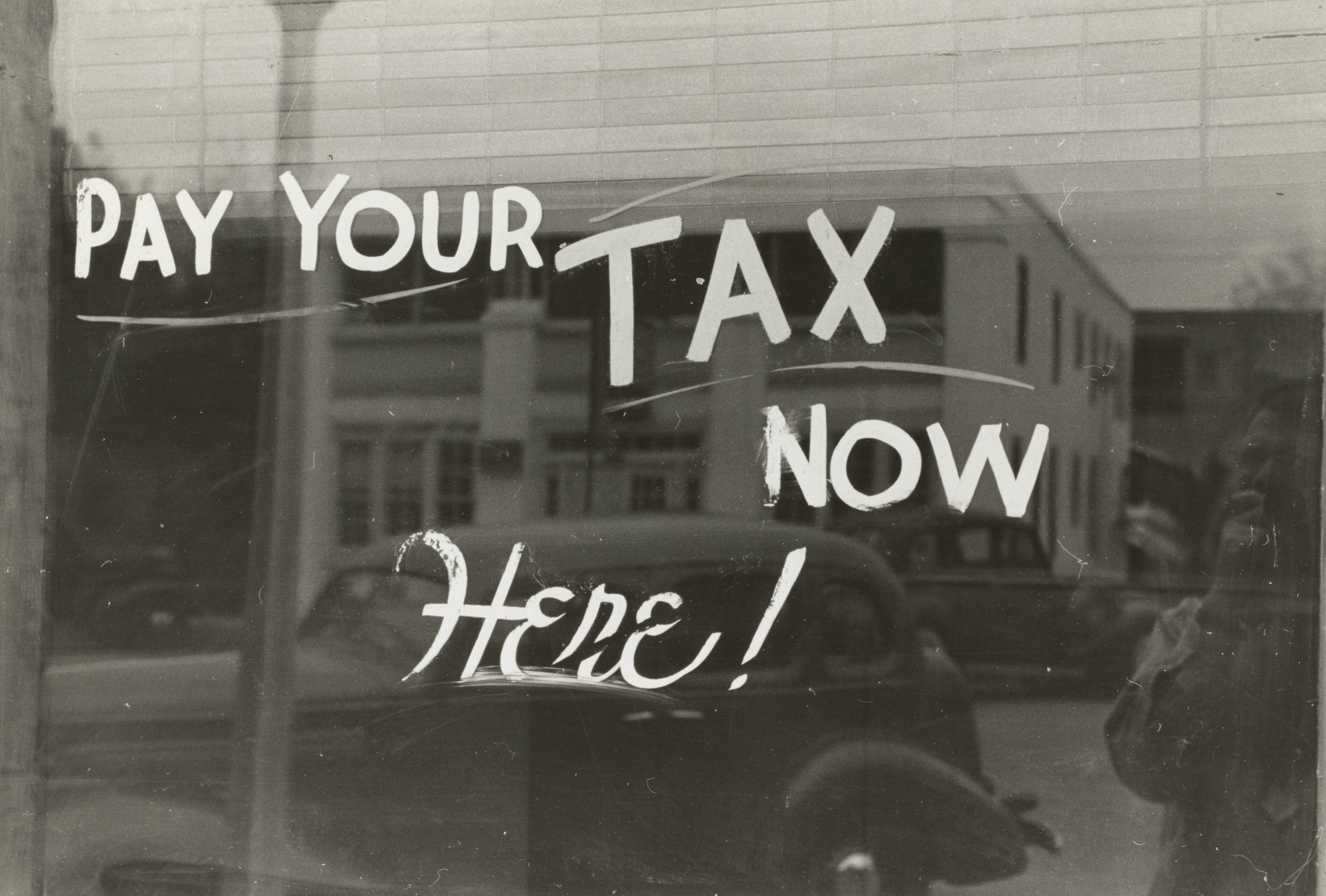With Tax Day just around the corner, millions of Americans are in the midst of preparing their income tax returns. But have you ever wondered how this annual deadline came to be? As we approach the final days to submit our taxes, let’s take a moment to explore the origins and transformations of Tax Day in the United States, a date that has evolved significantly since its inception.
Origins of Tax Day
The story of Tax Day begins with the ratification of the 16th Amendment in 1913, laying the groundwork for the modern income tax system. This pivotal amendment allowed Congress to impose an income tax without distributing it among the states or basing it on the Census. The first filing deadline was March 1, 1914, giving taxpayers a year after the amendment’s adoption to file their returns.
A Shift in Dates
Tax Day has not always been in April. Initially set in March, the date was moved to March 15 in 1918 by the Revenue Act, providing taxpayers with a couple of extra weeks to prepare. This date stood for nearly four decades, marking the middle of March as a crucial time for financial responsibility.

The Move to April 15
The Tax Day we recognize today, falling on April 15, was established in 1955. This adjustment aimed to ease the IRS’s workload by distributing the processing of returns more evenly throughout the year and offered taxpayers additional time to compile their financial records.
Tax Day Today
In modern times, Tax Day is a significant date for individuals and the IRS alike. While April 15 is the standard, the deadline can shift if it coincides with a weekend or holiday, ensuring taxpayers have until the next business day to file. This flexibility helps accommodate the diverse schedules and needs of the American populace.
The Significance of Tax Day
Tax Day is more than a deadline; it symbolizes the collective contribution to the nation’s well-being and infrastructure. It reminds us of the historical importance of taxation in shaping government policies, funding social services, and maintaining national security.
Conclusion
As April 2nd reminds us, Tax Day is fast approaching, serving as an annual checkpoint in our civic duties. From its early 20th-century origins to today’s well-established April deadline, Tax Day’s history reflects the changing dynamics of American taxation and the enduring role of citizens in supporting the common good.





 GOOGL
GOOGL META
META
Leave a Comment